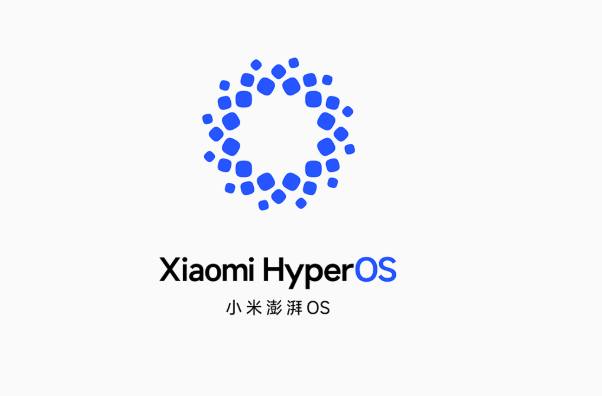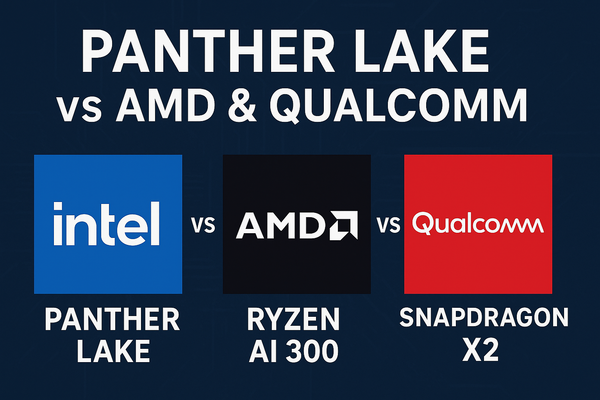Xiaomi 17 + HyperOS 3: A New Chapter

Every September, the smartphone stage lights up — but this year, all eyes aren’t just on Apple. On September 25, Xiaomi pulls the curtain on its Xiaomi 17 series, and it’s not just another spec bump. It’s a statement: sleek design, bold hardware, and a brand-new operating system that wants to tie it all together.
The Phone
The base Xiaomi 17 is slim, feather-light at around 191 g, and fronted by a 6.3-inch OLED display with almost invisible bezels. Step up to the Pro or Pro Max, and things get more experimental — a secondary rear display built into the camera module for at-a-glance info or selfies with the Leica-tuned cameras.
Inside, all three share Qualcomm’s latest Snapdragon 8 Elite Gen 5, huge batteries pushing ~7,000 mAh, and absurdly fast charging (90–100W wired, with wireless options). Cameras? Think 50 MP sensors, long zooms, and Leica’s name stamped across the optics — Xiaomi’s way of saying it belongs in the photography big leagues.
The Software
But the real twist is HyperOS 3, Xiaomi’s evolution beyond MIUI. Built on Android 16, it isn’t just a skin — it’s Xiaomi’s vision of a unified ecosystem.
There’s the flashy stuff: “Super Island” (a dynamic widget area inspired by Apple’s Dynamic Island), slicker animations, and a cinematic lock screen. And then the deep cuts: smarter memory management, tighter cross-device syncing, and AI tricks like one-tap summaries, instant translation, and image recognition.
For Pro users, HyperOS is also the glue that makes the back screen useful — from framing a photo to checking messages without touching the main display.
The Bet
Xiaomi is betting that this blend — cutting-edge design + Leica cameras + AI-driven HyperOS 3 — will help it stand shoulder-to-shoulder with the iPhone 17, not just chase it.
The challenge? Execution. If HyperOS 3 stumbles with bugs or gimmicks, the hardware can’t carry the weight alone. But if it clicks? The Xiaomi 17 might just be the phone that proves Xiaomi can do premium on its own terms.




